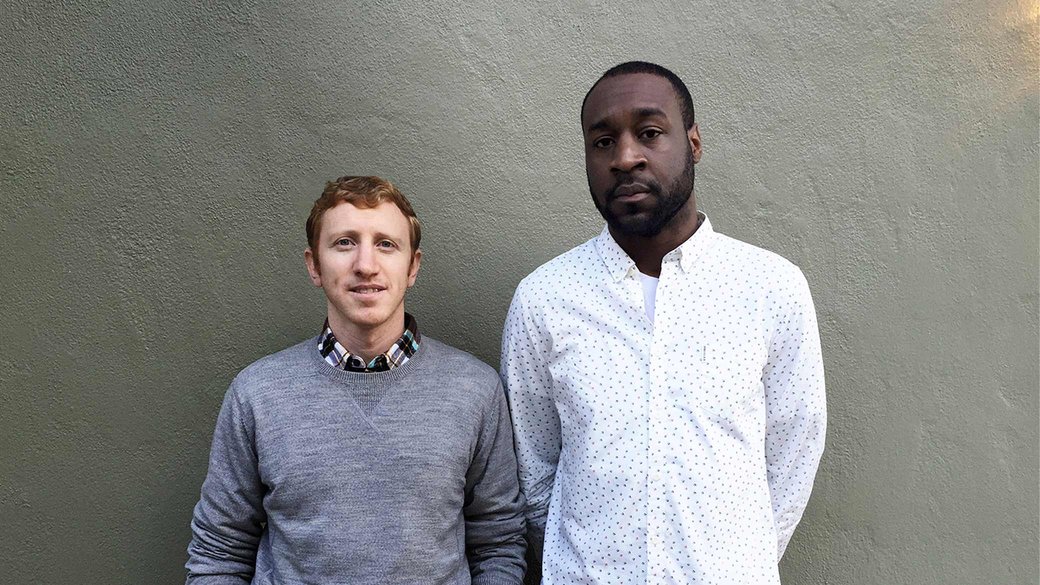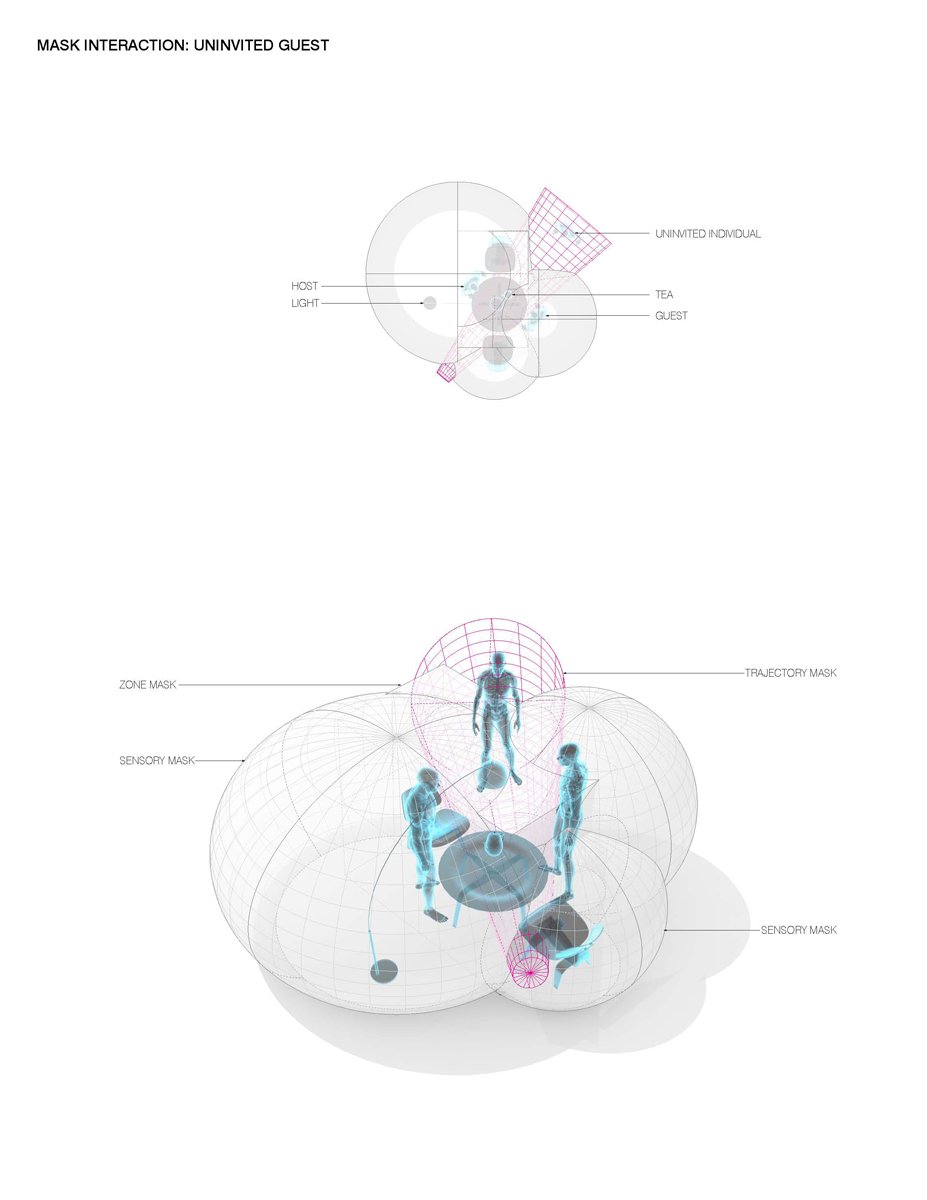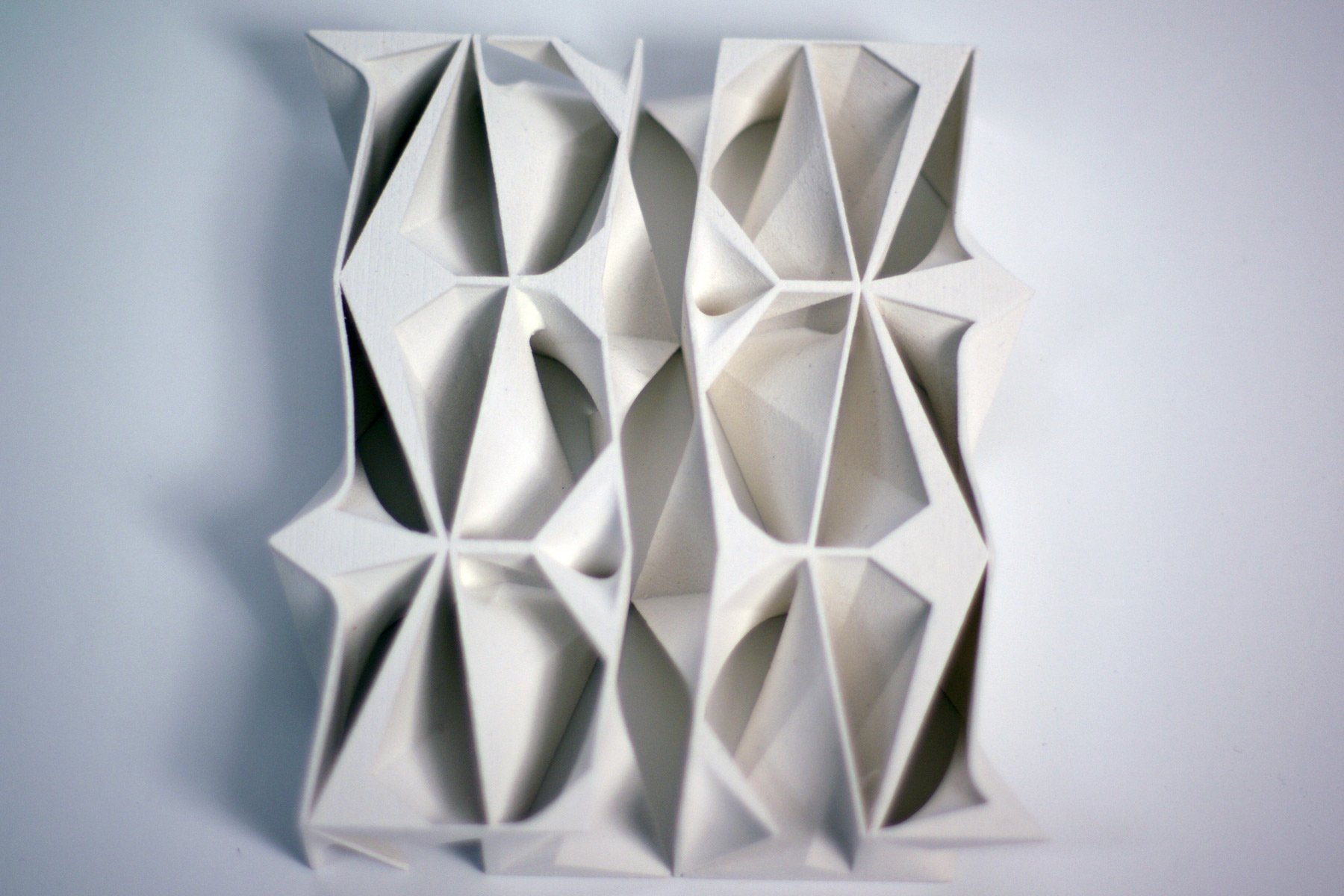Sean Canty and Ryan Golenberg: Collaborating on the Grid
Ryan Golenberg (BArch 2009) and Sean Canty (BArch 2010) have had a collaborative relationship since their time as peers at CCA, then continuing on to the Harvard University Graduate School of Design’s MArch program.
Glance sat with them for a candid and enthralling conversation about teaching, collaboration, and the nebulous facets of space that haunt and intrigue San Francisco’s architectural landscape.

Sean Canty and Ryan Golenberg
What are some of the things that you like to bring to the classroom as collaborative teachers?
RG: Because we have a long backstory of being fellow students both in undergrad and grad school, and in working together, we really focus on each other’s strengths. I think I might be a little weirder . . . [laughs]
SC: I am more about focus. We have a nice balance. We are on the other side of it now (in terms of having been students here before), but also the course we taught is new—it wasn’t offered when we were students. It’s a nice new skill to also be teaching. From our end, it’s a gain to put ourselves in the shoes of the student.
RG: One of the great things about our experience here at CCA was the array of influences and so many different kinds of viewpoints that allows you to be very adaptive, and ask yourself, “What is valuable to me?”
When you are working on projects together, what is valuable to you about space and people moving through it?
RG: It’s interesting to see how one can curate certain moments in a space.
SC: I’m really interested in circulation, how people move through it and how it can be ordered. We have been working together on side project—a conceptual studio discussion where we have been generating a formal logic for how space is shaped.
RG: Yes, it’s a lot of healthy conversations about formalizing space. Very process-based, perhaps even removed from human scale. It is idea-based, about manipulating space on a set of preexisting conditions.
SC: It’s mostly about the intersection between geometry, particularly the grid, and representation—and yes, it’s scale-less.
RG: The grid is a constraint to play off of. I am torn between the magic of the grid and it being a rational system, but it’s also freeing.
SC: The end process is a little didactic—but always coming back to spatial complexity, also defying expectations, and finding a moment of discovery.
RG: There is something really intriguing about creating a rational system and then allowing yourself to create a series of rules that seem uncanny and surprising. What happens in the space is still dependent on each individual. There is always something that each individual brings to the arrangement. Yet all the while knowing that at some point you have to start injecting the reality of the situation that you are building for . . . it’s the art vs. the science of architecture.

Golenberg's sketch portrays a space-use type as a result of proximity, reciprocity, and desire of the objects involved. Courtesy of the artist.
Are we at a point where architecture students need to be really aware of what is available to them and pushing that as far as it can go?
SC: Well, what’s great about the Bay Area is that it is a place about innovation, whether it is technology, apps, or other digital tools that might impact architecture and frame design discourse. When we teach we really value precedence, learning about history and the visuals that happened before.
RG: [Despite new techniques and tools] there still needs to be a discourse with the things that come before you, so that you can contextualize them for the present. Conditions in the Bay Area right now are interesting to me, such as the reuse of property—making it new and for our time.
SC: So as almost a default we are thinking a lot about interiors because we are working with existing structures—and thinking of architecture as pieces, different elements that can inhabit a space.

Canty's conceptual housing project studies overcoming seriality and reception through shifting grids negotiated by hyperbolic geometries. Courtesy of the artist.
Pieces of a puzzle?
SC: Yes, pieces of a puzzle! And instead of having the puzzle all put together neatly from the ground up, it’s more . . . surgical—producing a totality—spatially. I find it super fascinating that the reality of the situation we are in makes the work we do more exciting.
RG: Maybe that is where our obsession comes in! The reality of the world we are in has an existing framework, has an existing grid to work within.